Digital Marketing : SEO & SMM Specialist is critical for firms trying to develop an online presence and efficiently reach their target audience
0
Years Experience
0
Areas Coverage
0
Professional Course
0
Succeded Project
hello, i’m Mahadi Hasan; a Digital Marketing : SEO & SMM Specialist
Proprietor of Hi-Care IT Solution (HCITS)
I am here to maintain the Digital Marketing part for your company
Reasons You Should book me
Professionalism and Expertise are the reasons

24/7 Availability
Text me at my WhatsApp No.
01904 306699

Affordable Price
All our Digital Marketing services are available in affordable prices ; never pay extra amount

Process Technology
List out your desired service >
Inform your Budget >
Complete the payment >
Get the Monthly Service

Free Estimation
You can get the estimated cost for the Digital Marketing services in different amount as per your requirement
SEO
I’ll offer a comprehensive range of Search Engine Optimization (SEO) services for your Business at a reasonable price.

Keyword Research
Get Keywords suitable for your Website
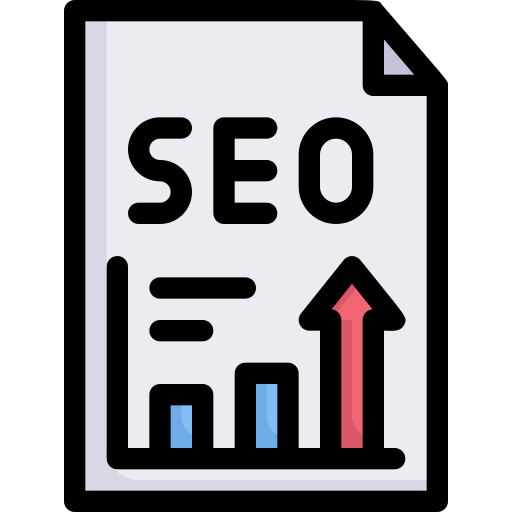
SEO Report: Website Audit
Get an Audit Report for your website

On-Page SEO Setup Guideline
Get an On-Page SEO Setup Guideline based on Audit Report for your website

Competitor Analysis
Get an analysis of your competitors

Content Writing
Update your website content rich with keyword

On-Page SEO
Update your wordpress website by On-Page SEO
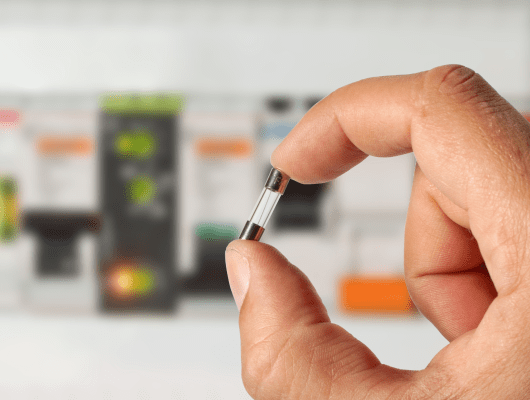
Off-Page SEO
Improve your Online presence with Off-Page SEO

Google Search Console
Monitoring & Checking your Google Search Console

Google Analytics
Monitoring & Checking your Google Analytics

Google Business Profile
Monitoring & Checking your Google Business Profile
SMM
I’ll offer a comprehensive range of Social Media Marketing (SMM) services for your Business at a reasonable price.

Facebook Marketing
Developing & Monitoring Your Facebook Account & post
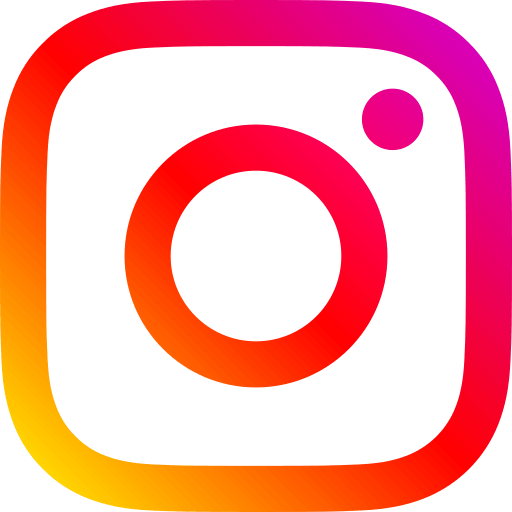
Instagram Marketing
Developing & Monitoring Your Instagram Account & post
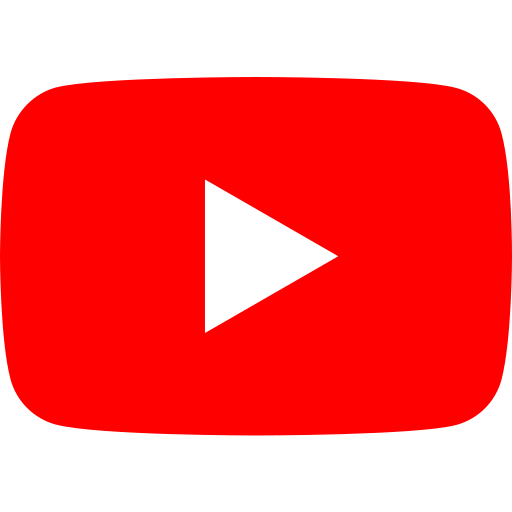
Youtube Marketing
Developing & Monitoring Your Youtube Channel & post

Linkedin Marketing
Developing & Monitoring Your Linkedin Account & post

Twitter Marketing
Developing & Monitoring Your Twitter Account & post
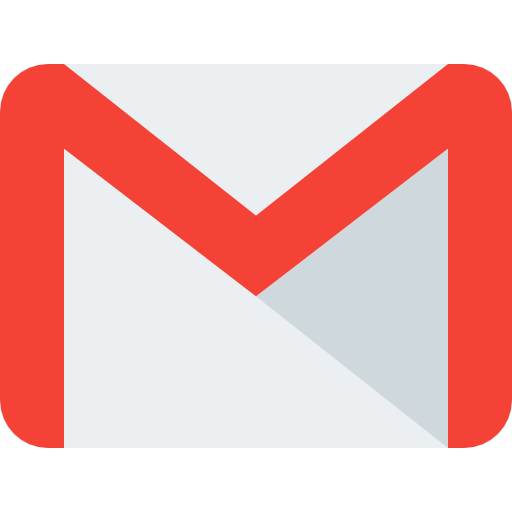
Email Marketing
Creating Email Account & Sending Message to potential customers
Frequently Asked Questions
You may have some questions in your mind like others.
SEO, or Search Engine Optimization, is the technique of improving websites and webpages in order to improve their visibility and ranking in search engine results pages (SERPs). SEO’s purpose is to generate organic (non-paid) visitors from search engines such as Google, Bing, and Yahoo.
Complex algorithms are used by search engines to determine the relevancy and quality of webpages in response to a user’s search query. Making different on-page and off-page improvements to fit with these algorithms and boost a website’s chances of ranking higher in search results is what SEO entails.
Here’s a quick rundown of how SEO works:
Keyword Research: Determine the terms and phrases that consumers are likely to use while searching for information about your website or business.
On-Page Optimization: Make individual webpages more search engine friendly. This includes optimizing meta tags (title, description), incorporating relevant keywords into headings and content, optimizing URL structures, increasing website load speed, and ensuring mobile compatibility.
Content Creation: Create high-quality, informative, and relevant information that satisfies the user’s search intent. Create articles, blog posts, videos, infographics, and other content types that add value to your target audience.
Link Building: Obtain high-quality backlinks from other trustworthy websites. Backlinks operate as “votes of confidence” in the authority and importance of your website. However, it is critical to prioritize quality above number, as spammy or low-quality connections might harm your SEO.
User Experience: Make sure your website is easy to use and gives a pleasant experience. This includes simple navigation, a clear site structure, user-friendly design, quick loading times, and mobile compatibility.
Technical SEO: To assist search engines comprehend and index your material effectively, optimize technical features of your website such as XML sitemaps, robots.txt, canonical tags, structured data markup, and crawlability.
Monitoring and analysis: Use tools like Google Analytics and Search Console to track and analyze the performance of your website on a regular basis. Analyze analytics like as organic traffic, keyword rankings, CTRs, and bounce rates. Based on these findings, make data-driven changes to your SEO strategy.
Based on the target audience and the optimization strategy, SEO may be roughly classified into three primary types in digital marketing:
> On-Page SEO: This sort of SEO focuses on improving the visibility of individual web pages in search engine rankings. It entails optimizing numerous on-page features of a website. Some important features of on-page SEO are:
Keyword research and optimization: This entails locating important keywords and strategically incorporating them into page titles, headings, meta descriptions, URL structures, and content.
Content optimization: This is the process of producing high-quality, informative, and keyword-rich material that meets user intent and engages the audience. This includes using suitable headers, formatting, and naturally weaving relevant keywords into the content.
Tag Optimization: Optimizing meta tags, such as title tags and meta descriptions, to accurately describe a webpage’s content and attract users in search results.
URL optimization: This is the process of ensuring that the URL structure is user-friendly, brief, and includes relevant keywords.
Picture optimization: Improving page load speed and accessibility by optimizing picture file names, alt tags, and sizes.
Internal linking: This is the process of developing a logical and well-structured internal linking system that connects relevant pages on your website.
User experience (UX) optimization: enhancing the entire user experience by enhancing site navigation, decreasing page load times, assuring mobile responsiveness, and making information easily accessible.
> Off-Page SEO: This type of SEO focuses on efforts carried out outside of your website in order to increase its exposure and authority. It is mostly concerned with obtaining high-quality backlinks from other respectable websites. Some important features of off-page SEO are:
Link building: This is the process of obtaining backlinks from authoritative and relevant websites via various tactics such as guest blogging, influencer outreach, social bookmarking, directory submissions, and content promotion.
Social Media Sites: Build a strong presence on social media sites and promote your material to boost visibility, engagement, and potential link opportunities.
Online reputation management : It entails monitoring and managing your brand’s online reputation in order to increase trust and credibility while mitigating any bad reviews or feedback.
Influencer marketing: This is the practice of collaborating with influencers or industry experts to raise brand exposure.
> Technical SEO: This sort of SEO focuses on optimizing your website’s technical characteristics to improve crawlability, indexability, and overall performance. Among the most important parts of technical SEO are:
Website crawlability and indexability: Using techniques such as XML sitemaps, robots.txt files, and canonical tags, you may ensure that search engine bots can properly crawl and index your website’s pages.
Site speed optimization: This is reducing page load times by compressing graphics, reducing code, employing caching techniques, and utilizing content delivery networks (CDNs).
Mobile optimization: It entails ensuring that your website is mobile-friendly and provides a consistent user experience across multiple devices, as mobile-friendliness is an important ranking factor.
Structured data markup: Using structured data markup (e.g., Schema.org) to provide additional information about your content to search engines, which can improve search results with rich snippets and other aspects.
Website security: It entails implementing HTTPS encryption, preserving data privacy, and guarding against security flaws in order to offer consumers with a secure surfing experience.
Implementing SEO entails a number of actions that will enhance your website and increase its exposure in search engine results. Here’s a high-level overview of the SEO procedure:
> Keyword Investigation:
Determine which keywords and phrases your target audience is likely to use while looking for information about your website or business.
Use keyword research tools to uncover search volume, competitiveness, and similar terms (e.g., Google Keyword Planner, SEMrush, Moz Keyword Explorer).
Concentrate on long-tail keywords (more detailed phrases) with low competition and moderate search traffic.
> On-Page Optimization (OPI):
Individual web pages should be optimized to be search engine friendly.
Strategically place your target keywords in essential on-page elements including as page titles, headings (H1, H2, etc.), meta descriptions, URL structures, and within the content.
Write high-quality, informative content that satisfies user intent and naturally combines relevant keywords.
Improve website load speed and accessibility by optimizing picture alt tags, file names, and sizes.
Make certain that your website has a clear and intuitive site structure with logical internal linking.
> Technical SEO:
Make sure your website is technically sound and search engine crawler friendly.
Create an XML sitemap and submit it to search engines to assist them in successfully crawling and indexing your website.
Control which pages search engines can crawl and index by using a robots.txt file.
Use suitable URL architectures that are brief, descriptive, and include relevant keywords.
Reduce page load times via compressing pictures, reducing code, employing caching strategies, and utilizing CDNs.
Make sure your website is mobile-friendly and offers a consistent user experience across all devices.
Use structured data markup (e.g., Schema.org) to supply additional information to search engines and to improve search results with rich snippets.
> Off-Page Optimization (OPI):
Increase the number of high-quality backlinks from authoritative and relevant domains.
Create a link-building strategy that incorporates strategies like guest blogging, outreach to influencers, social bookmarking, directory submissions, and content promotion.
Engage with your target audience on social media to enhance visibility and promote your content.
Monitoring and managing your internet reputation, including responding to reviews and feedback.
> Content Development and Optimization:
Create high-quality, educational, and entertaining content that matches the search intent of the user.
Create a content strategy that focuses on relevant themes while naturally including goal keywords.
Update your website with new information on a regular basis to maintain it current and attract search engine crawlers to visit more frequently.
Use suitable headers, formatting, and multimedia features to optimize information for reading.
To enhance visibility and gain backlinks, promote your material through social media, email marketing, and other means.
> Monitoring and evaluation:
Use tools like Google Analytics and Search Console to track the performance of your website on a regular basis.
Examine important indicators including organic traffic, keyword rankings, click-through rates (CTRs), and bounce rates.
Identify opportunities for improvement in your SEO approach and implement data-driven changes.
Keep up with industry trends, algorithm changes, and best practices to tailor your SEO efforts.
The technique of promoting products, services, or brands through digital platforms and technologies is known as digital marketing. It includes a variety of online marketing methods and approaches for reaching and engaging a target audience, driving website traffic, generating leads, and ultimately achieving corporate goals.
Here are some significant digital marketing components and strategies:
1. Search Engine Optimization (SEO) is the process of improving the visibility and organic (non-paid) rankings of websites and webpages in search engine results pages (SERPs).
2. Search Engine Marketing (SEM) is the practice of displaying advertisements on search engine results pages via paid search advertising, such as Google Ads. It comprises PPC campaigns and techniques for increasing website traffic and conversions.
3. Content Marketing: To attract and engage a target audience, content marketers create and distribute valuable and relevant content such as blog posts, articles, videos, infographics, and eBooks. The goal is to raise brand awareness, gain authority, and cultivate customer connections.
4. Social Media Marketing: Using social media sites such as Facebook, Instagram, Twitter, LinkedIn, and YouTube to advertise products, communicate with customers, and build brand awareness. It entails producing and disseminating content, running paid social media ads, and cultivating consumer interactions.
5. E-mail Marketing: Email is used to communicate with and engage customers, prospects, or subscribers. To nurture leads, establish customer loyalty, and drive conversions, email marketers deliver customized messages, newsletters, discounts, and automated programs.
6. Influencer Marketing: Working with famous people or celebrities in specific industries or niches to promote products or services. Influencer marketing makes use of these individuals’ reach and influence to boost brand exposure and reputation.
7. Affiliate Marketing: Collaboration with affiliates that advertise products or services for a commission on each sale or recommendation. Affiliates are incentivized to drive traffic and conversions in this type of performance-based marketing.
8. Display Advertising: Placing visual or banner advertisements on websites, blogs, or other online platforms to boost brand awareness, drive website traffic, and create leads. Display advertisements might be static graphics, animated banners, or video advertisements.
9. Mobile Marketing: Mobile device users can be targeted through mobile-specific adverts, responsive websites, mobile apps, and location-based marketing. Because smartphones are becoming more popular, mobile marketing is critical for reaching a mobile-centric audience.
10. Analytics and Data-driven Optimization: Tracking and analyzing digital marketing activities through technologies such as Google Analytics and other analytics systems. Data-driven insights aid in campaign optimization, performance measurement, and making sound decisions.


